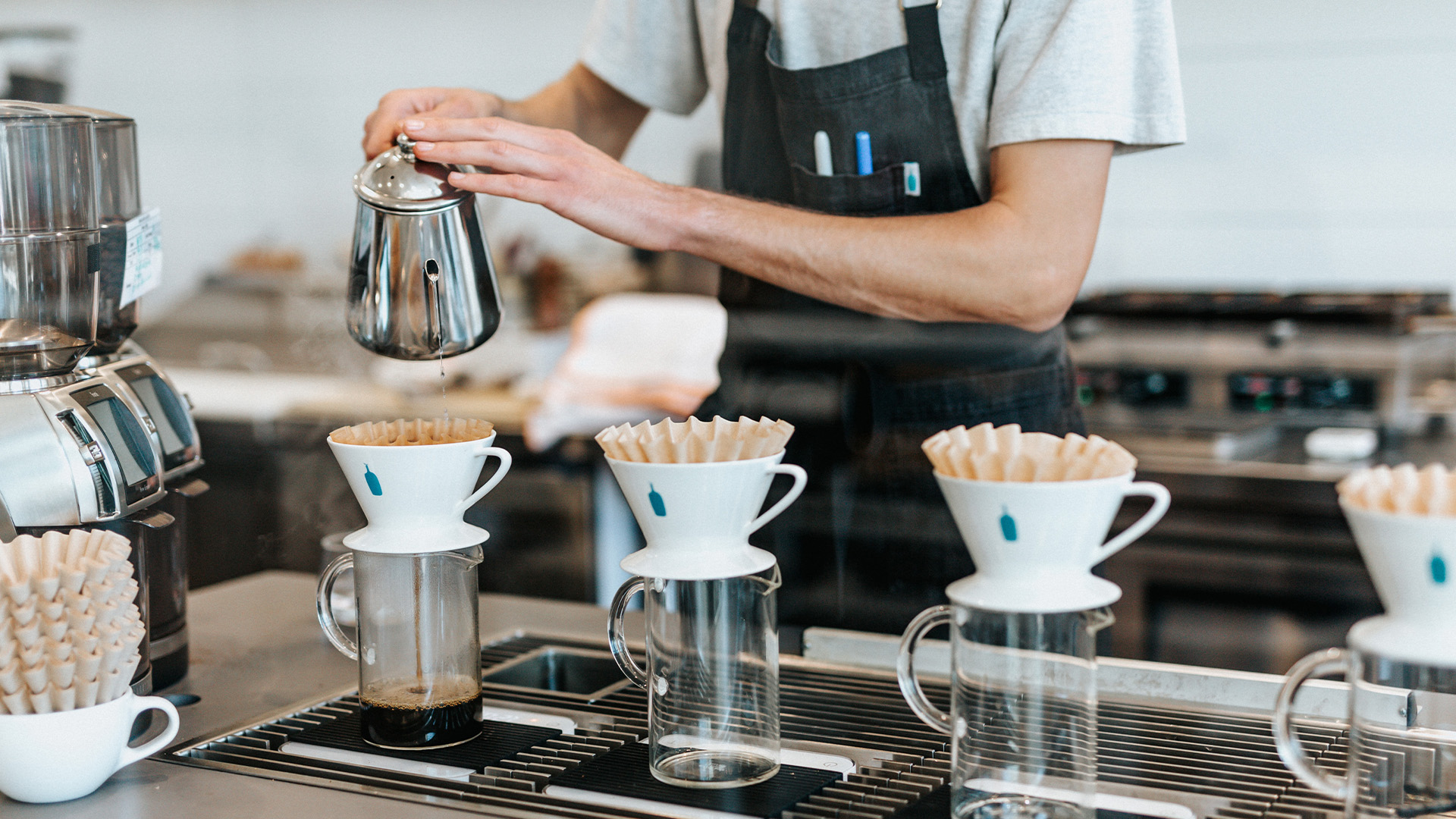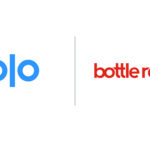Published by
The rising cost of living has resulted in customers demanding more value for their money.
With discretionary spending dwindling as a result of the economic slowdown, now more than ever, restaurants are being pressured to adopt new methods to boost customer engagement. Remaining competitive in an ever-changing world is becoming increasingly demanding, especially as it becomes the norm for restaurants to provide digital experiences.
Whereas quick-service restaurants used to trust that foot traffic would undoubtedly come their way, this is no longer the case, as foot traffic has fallen by almost 50 percent post-pandemic. Many of their most loyal customers failed to return after COVID, and the boom of digital food delivery services such as Grubhub and UberEats means that many customers just aren’t entering brick and mortar sites like they used to.
The rising cost of living has resulted in customers demanding more value for their money, especially as menu prices rise with inflation. Restaurants must now get creative by producing innovative digitized experiences that add value to their services, while also maintaining the physical elements of in-person dining.
The Influence of Augmented Reality
Despite the push to revive brick and mortar, brands cannot ignore the growing realms of the metaverse and augmented reality (AR). As a long-term strategy, brands are going to have to figure out how to leverage advances in AR to bring their in-store experience to the home.
We’re already seeing precursors to this, particularly in the retail sector. Companies such as Home Depot and Zara are creating apps in which you can turn on a ‘store mode’ which will locate certain products for users in-store or allow them to book changing rooms. This maintains a consistency between the digital and the physical, allowing them to function alongside and enhance each other. By producing this digitally augmented experience, customers will be encouraged back into stores, as it will make it as simple and seamless for customers as ordering online, and altogether more rewarding.
A Call for Reinvention
Inflation in the U.S. hit a multi-decade high in June at 9.1 percent, meaning that for quick-service giants such as Starbucks, attracting customers in-store is no longer as simple as firing out a promotional email or placing a notice in the store window. As consumers’ disposable income budgets are squeezed, they have to fight to get them through the door.
Furthermore, pre-pandemic, one of the most loyal groups for quick-serves were workers grabbing a coffee or quick bite to eat on their way to work, but this once-loyal group has failed to return and re-engage in pre-pandemic numbers. Despite hospitality restrictions lifting, normality hasn’t quite returned, as workers continue to work from home. Additionally, with customers’ top priority being convenience, in a world where UberEats can deliver your pumpkin spiced latte directly to your door, going in-store is no longer necessary.
With these factors driving a decline in foot traffic, quick-service restaurants are being forced to get creative to boost the value of their products and bring once loyal customers back to their sites to reengage with their brand. Even historically conservative, mature companies are now focusing on reinvention and innovation as they strive to develop a personalized, digital and physical in-store experience. This adds value to their services and justifies higher prices, going some way towards recapturing the customers who were once their most faithful.
Building Customer Engagement
The key to boosting customer engagement is through producing a high-quality customer experience, and in this day and age it is manifested in a digital landscape which feeds into the physical. It is essential for restaurants to scale and tailor the technology they adopt to a specific audience in order to maximize the potential of digital, as restaurateurs are now operating an experience economy. Ultimately, the brands who can make their in real life experiences memorable while also leveraging digital technology will ultimately win the day and be the ones who bring customers back to their stores.
When looking to roll out new digital dimensions to their customer experience, quick-serves need to focus on their strategy in order to embark on this journey in the most efficient and scaled way. This enables them to reach the groups they want to target, such as those customers who were loyal pre-pandemic. Companies must produce an omnichannel customer experience, with the technology they adopt needing to be personalized, whilst also complimenting the in-store experience.
Customers now expect this type of digital transformation in restaurants, with the growing use of features such as app clips, which make ordering far more convenient. App clips are small pieces of a larger app experience that launch when triggered, for example by scanning a QR code, which then allows customers to order food items or pay their bill. This collapses the barriers of jumping in and out of the digital ecosystem, whilst integrating elements of the physical.
With food delivery services enabling customers to get food delivered to their door, brick and mortar sites must make the experience of going into the store convenient, engaging, and interactive. This will inevitably boost customer satisfaction and engagement, and produce loyal customers—who spend 31 percent more than new customers. For example, Joe and the Juice are offering special rewards to repeat customers, such as being able to skip the queue when pre-ordering through the app, successfully blending together the physical and digital. In particular, this appeals to workers who often seek out a quick, efficient and seamless in-store experience on their way to the office.
The speed with which the restaurant sector has adapted to technology is astounding, and it is this willingness to embrace technology which prevented many companies from going to the wall during the pandemic. But, as we return to normality, ultimately quick-service brands need to produce a strategy which unites both the digital and the physical in order to improve their services and get customers back to their brick and mortar locations. Striking the delicate balance between physical and digital experience is the key to remaining competitive during these uncertain times.




